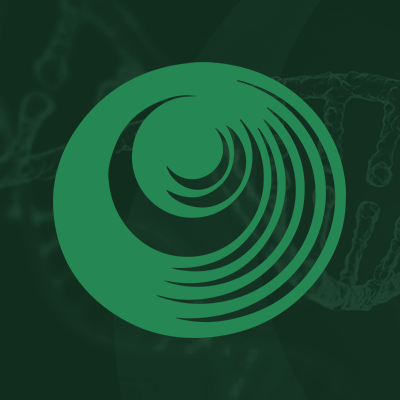Research Papers:
Development and characterization of a cancer cachexia model employing a rare human duodenal neuroendocrine carcinoma-originating cell line
PDF | Full Text | Supplementary Files | How to cite
Metrics: PDF 2691 views | Full Text 3409 views | ?
Abstract
Kazuyoshi Yanagihara1,6, Takanori Kubo2, Yuki Iino1, Keichiro Mihara3, Chie Morimoto4, Toshio Seyama2, Takeshi Kuwata5, Atsushi Ochiai1 and Hiroshi Yokozaki6
1Division of Biomarker Discovery, Exploratory Oncology and Clinical Trial Center, National Cancer Center, Chiba, Japan
2Department of Life Sciences, Yasuda Women’s University Faculty of Pharmacy, Hiroshima, Japan
3Department of Hematology/Oncology, Research Institute for Radiation Biology and Medicine, Hiroshima University, Hiroshima, Japan
4Department of Living Science Nutrition Course, Matsuyama Shinonome Junior College, Matsuyama, Japan
5Department of Pathology and Clinical Laboratories, National Cancer Center Hospital East, Chiba, Japan
6Division of Pathology, Department of Pathology, Kobe University Graduate School of Medicine, Kobe, Japan
Correspondence to:
Kazuyoshi Yanagihara, email: kyanagih@east.ncc.go.jp
Keywords: angiogenesis, cancer cachexia, duodenal neuroendocrine carcinoma, IL-8, orthotopic animal model
Received: December 18, 2018 Accepted: February 15, 2019 Published: March 29, 2019
ABSTRACT
Cancer cachexia interferes with therapy and worsens patients’ quality of life. Therefore, for a better understanding of cachexia, we aimed to establish a reliable cell line to develop a cachexia model. We recently established and characterized the TCC-NECT-2 cell line, derived from a Japanese patient with poorly differentiated neuroendocrine carcinoma of the duodenum (D-NEC). Subcutaneous xenograft of TCC-NECT-2 cells in mice resulted in tumor formation, angiogenesis, and 20% incidence of body weight (BW)-loss. Subsequently, we isolated a potent cachexia-inducing subline using stepwise selection and designated as AkuNEC. Orthotopic and s.c. implantation of AkuNEC cells into mice led to diminished BW, anorexia, skeletal muscle atrophy, adipose tissue loss, and decreased locomotor activity at 100% incidence. Additionally, orthotopic implantation of AkuNEC cells resulted in metastasis and angiogenesis. Serum IL-8 overproduction was observed, and levels were positively correlated with BW-loss and reduced adipose tissue and muscle volumes in tumor-bearing mice. However, shRNA knockdown of the IL-8 gene did not suppress tumor growth and cachexia in the AkuNEC model, indicating that IL-8 is not directly involved in cachexia induction. In conclusion, AkuNEC cells may serve as a useful model to study cachexia and D-NEC.
 All site content, except where otherwise noted, is licensed under a Creative Commons Attribution 4.0 License.
All site content, except where otherwise noted, is licensed under a Creative Commons Attribution 4.0 License.
PII: 26764

